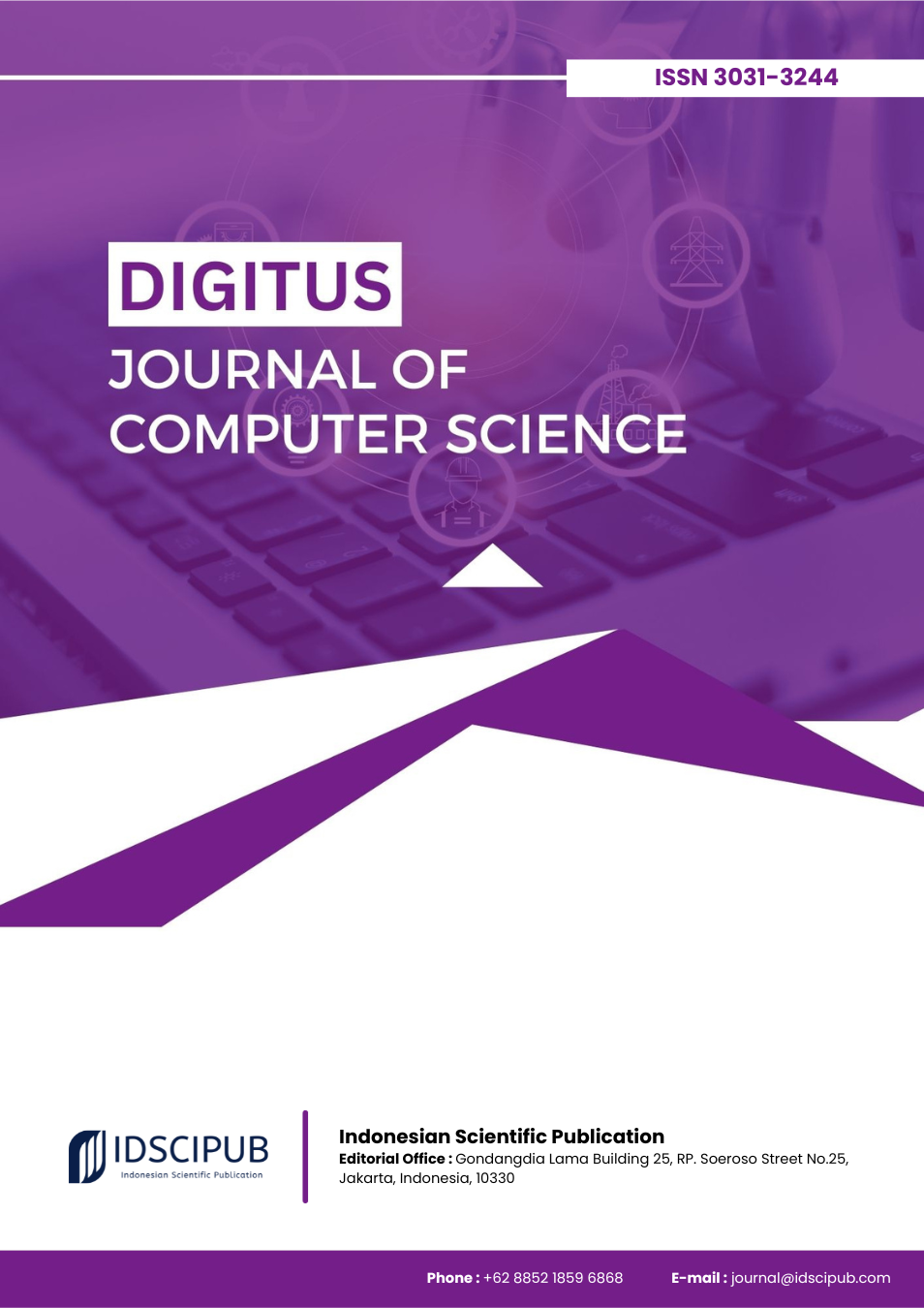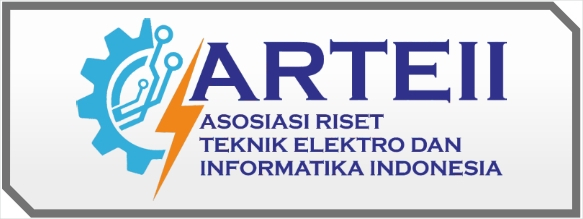Balancing Performance, Cost, and Sustainability in Software Engineering
DOI:
https://doi.org/10.61978/digitus.v3i3.1075Keywords:
Green Computing, Sustainable Software Engineering, Energy Efficiency, Green AI, Cloud Sustainability, ICT Environmental Impact, Software LifecycleAbstract
The environmental impact of Information and Communication Technology (ICT) has become a global concern, especially with the increasing energy consumption of data centers, artificial intelligence, and software systems. This narrative review explores how green computing and sustainable software engineering practices can address these environmental challenges. Using a systematic search across Scopus, IEEE Xplore, Web of Science, and Google Scholar, the review identifies best practices in integrating sustainability across the software lifecycle. Key findings reveal that energy-efficient coding, optimized database systems, and green AI strategies can significantly reduce energy use and carbon emissions. Cloud and serverless architectures offer additional sustainability potential when paired with proper energy monitoring tools. The review also highlights how educational reforms and organizational governance play essential roles in promoting eco-conscious practices. However, challenges persist. These include limited awareness among practitioners, lack of standardized metrics for software sustainability, and weak cross-disciplinary collaboration. Regional disparities also influence adoption, with Europe leading due to stronger policy frameworks, while Asia and North America show mixed trends. This study concludes that integrating sustainability into software engineering requires both technical innovations and systemic reforms. Future research should focus on empirical validation of sustainability frameworks, development of standard evaluation metrics, and promotion of interdisciplinary approaches. Sustainable ICT practices are not only an environmental necessity but also a strategic imperative for the future of digital innovation.
References
Ahmad, S., Malik, S., Ullah, I., Park, D., Kim, K., & Kim, D. (2019). Towards the design of a formal verification and evaluation tool of real-time tasks scheduling of IoT applications. Sustainability, 11(1), 204. https://doi.org/10.3390/su11010204 DOI: https://doi.org/10.3390/su11010204
Altowaijri, S. (2025). The synergistic impact of 5G on cloud-to-edge computing and the evolution of digital applications. Mathematics, 13(16), 2634. https://doi.org/10.3390/math13162634 DOI: https://doi.org/10.3390/math13162634
Anusha, S., Nithyanandhan, R., Yamini, B., Balapriya, S., Kalpana, V., Anish, T., … & Venkateshan, A. (2025). Advancing sustainability in software engineering. pp. 185–208. https://doi.org/10.4018/979-8-3373-0766-4.ch008 DOI: https://doi.org/10.4018/979-8-3373-0766-4.ch008
Ávila, G. (2025). Integrated photonics for IoT, RoF, and distributed fog–cloud computing: A comprehensive review. Applied Sciences, 15(13), 7494. https://doi.org/10.3390/app15137494 DOI: https://doi.org/10.3390/app15137494
Ardito, L., Procaccianti, G., Torchiano, M., & Vetrò, A. (2015). Understanding green software development: A conceptual framework. IT Professional, 17(1), 44–50. https://doi.org/10.1109/mitp.2015.16 DOI: https://doi.org/10.1109/MITP.2015.16
Bajrami, E. (2025). Assessing the role of software in sustainability: A survey of industry practices and research trends. Sakarya University Journal of Computer and Information Sciences, 8(2), 273–285. https://doi.org/10.35377/saucis...1589506 DOI: https://doi.org/10.35377/saucis...1589506
Dhaini, M., Jaber, M., Fakhereldine, A., Hamdan, S., & Haraty, R. (2021). Green computing approaches – A survey. Informatica, 45(1). https://doi.org/10.31449/inf.v45i1.2998 DOI: https://doi.org/10.31449/inf.v45i1.2998
Ganesan, M., Kor, A., Pattinson, C., & Rondeau, É. (2020). Green cloud software engineering for big data processing. Sustainability, 12(21), 9255. https://doi.org/10.3390/su12219255 DOI: https://doi.org/10.3390/su12219255
Kerrison, S., Jusak, J., & Huang, T. (2023). Blockchain-enabled IoT for rural healthcare: Hybrid-channel communication with digital twinning. Electronics, 12(9), 2128. https://doi.org/10.3390/electronics12092128 DOI: https://doi.org/10.3390/electronics12092128
Liu, C., Khalid, N., & Ramli, M. (2024). Distributed communication in smart agriculture at vineyard of Liangshan, China. p. 65. https://doi.org/10.1117/12.3050310 DOI: https://doi.org/10.1117/12.3050310
Martínez‐Fernández, S., Franch, X., & Durán, F. (2023). Towards green AI-based software systems: An architecture-centric approach (GAISSA). pp. 432–439. https://doi.org/10.1109/seaa60479.2023.00071 DOI: https://doi.org/10.1109/SEAA60479.2023.00071
Osorio‐de‐la‐Rosa, E., Vázquez‐Castillo, J., Campos, M., Pool, G., Becerra, G., Atoche, A., … & Ortegón-Aguilar, J. (2019). Plant microbial fuel cells–based energy harvester system for self-powered IoT applications. Sensors, 19(6), 1378. https://doi.org/10.3390/s19061378 DOI: https://doi.org/10.3390/s19061378
Patón-Romero, J., Baldassarre, M., Rodríguez, M., & Piattini, M. (2019). Maturity model based on CMMI for governance and management of Green IT. IET Software, 13(6), 555–563. https://doi.org/10.1049/iet-sen.2018.5351 DOI: https://doi.org/10.1049/iet-sen.2018.5351
Poth, A., Eißfeldt, D., Heimann, C., & Waschk, S. (2023). Sustainable IT in an agile DevOps setup leads to a shift left in sustainability engineering. pp. 21–28. https://doi.org/10.1007/978-3-031-48550-3_3 DOI: https://doi.org/10.1007/978-3-031-48550-3_3
Poth, A., & Momen, P. (2024). Sustainable software engineering—A contribution puzzle of different teams in large IT organizations. Journal of Software Evolution and Process, 36(9). https://doi.org/10.1002/smr.2677 DOI: https://doi.org/10.1002/smr.2677
Raaj, R., Vijayprasath, S., Ashokkumar, S., Anupallavi, S., & Vijayarajan, S. (2024). Energy management system of luminosity controlled smart city using IoT. EAI Endorsed Transactions on Energy Web, 11. https://doi.org/10.4108/ew.5034 DOI: https://doi.org/10.4108/ew.5034
Rao, N. (2025). Optimizing enterprise application deployment strategies for package distribution and installation with a focus on sustainability and education. pp. 279–298. https://doi.org/10.4018/979-8-3373-1142-5.ch014 DOI: https://doi.org/10.4018/979-8-3373-1142-5.ch014
Rashid, N., & Khan, S. (2017). Using agile methods for the development of green and sustainable software: Success factors for GSD vendors. Journal of Software Evolution and Process, 30(8). https://doi.org/10.1002/smr.1927 DOI: https://doi.org/10.1002/smr.1927
Rashid, N., & Khan, S. (2018). Agile practices for global software development vendors in the development of green and sustainable software. Journal of Software Evolution and Process, 30(10). https://doi.org/10.1002/smr.1964 DOI: https://doi.org/10.1002/smr.1964
Rashid, N., Khan, S., Khan, H., & Ilyas, M. (2021). Green-agile maturity model: An evaluation framework for global software development vendors. IEEE Access, 9, 71868–71886. https://doi.org/10.1109/access.2021.3079194 DOI: https://doi.org/10.1109/ACCESS.2021.3079194
Raturi, A., Penzenstadler, B., Tomlinson, B., & Richardson, D. (2014). Developing a sustainability non-functional requirements framework. pp. 1–8. https://doi.org/10.1145/2593743.2593744 DOI: https://doi.org/10.1145/2593743.2593744
Seturidze, R. (2025). The efficacy of modern information technologies in the teaching and learning of green economy concepts within higher education institutions. Kybernetes. https://doi.org/10.1108/k-08-2024-2318 DOI: https://doi.org/10.1108/K-08-2024-2318
Shah, S., Gregory, M., & Li, S. (2021). Cloud-native network slicing using software defined networking based multi-access edge computing: A survey. IEEE Access, 9, 10903–10924. https://doi.org/10.1109/access.2021.3050155 DOI: https://doi.org/10.1109/ACCESS.2021.3050155
Vairagade, R., & Brahmananda, S. (2021). Enabling machine learning‐based side‐chaining for improving QoS in blockchain‐powered IoT networks. Transactions on Emerging Telecommunications Technologies, 33(4). https://doi.org/10.1002/ett.4433 DOI: https://doi.org/10.1002/ett.4433
Wang, M., Wu, T., Fan, X., Sun, P., Qu, Y., & Yang, P. (2021). TPD: Temporal and positional computation offloading with dynamic and dependent tasks. Wireless Communications and Mobile Computing, 2021(1). https://doi.org/10.1155/2021/3877285 DOI: https://doi.org/10.1155/2021/3877285
Zhao, Y., Guan, Y., Ismail, A., Ju, G., Lin, D., Lu, Y., … & Yuen, C. (2024). Holographic-inspired meta-surfaces exploiting vortex beams for low-interference multipair IoT communications: From theory to prototype. IEEE Internet of Things Journal, 11(7), 12660–12675. https://doi.org/10.1109/jiot.2023.3334746 DOI: https://doi.org/10.1109/JIOT.2023.3334746





